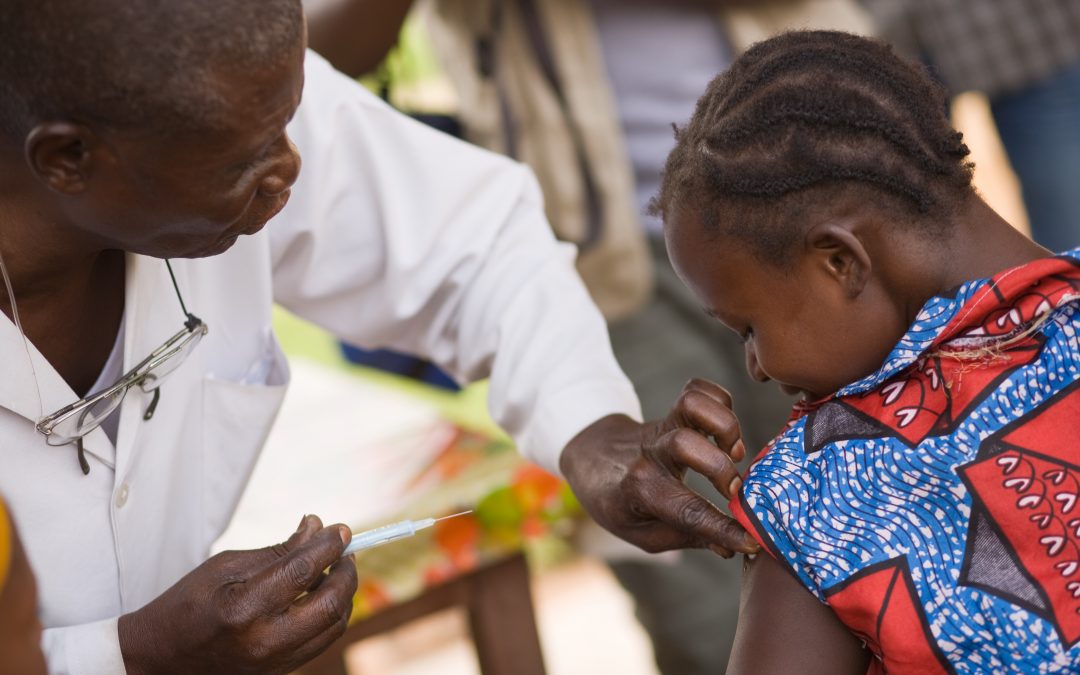This January 30th, we will be celebrating the second World NTD Day. A moment to draw focus to an almost silent but immense global health crisis that affects billions of people every day of the year, across the world. The fight against neglected tropical diseases (NTDs).
“EndTheNeglect”, the theme of this year’s World NTD Day, is a powerful and important message that needs to be amplified. But in order to beat the neglect, we must raise awareness about why these diseases are neglected.
NTDs are neglected, first and foremost in the sense they affect neglected populations.
They mostly (but not only) affect impoverished populations in tropical and sub-tropical environments in low- and middle-income countries. They cause morbidity and stigma, trapping affected individuals and communities in a vicious cycle of poverty, hampering education, and personal and economic development.
NTDs make women and girls particularly vulnerable.
Women and girls are particularly affected by NTDs as they generally earn less, have less job security, are major caregivers and are adversely impacted by a lack of access to healthcare. Tackling NTDs with a gender lens will be crucial to achieving positive health impacts for all. We will soon launch a study exploring the mutli-faceted gender-related aspects of poverty related and neglected diseases (PRNDs), analysing the implications on research and innovation (R&I) needs and the role of gender-sensitive and gender-responsive approaches in fighting PRNDs. Sign up to our newsletter to be kept informed.
NTDs are neglected in the sense that they are overlooked.
When we think of diseases of poverty, usually the ‘big three’ – HIV & AIDS, malaria, and tuberculosis come to mind. But there is a whole range of diverse neglected diseases that are much less known, but have a devastating impact, including, for example, Leishmaniasis and Buruli Ulcer.
NTDs have suffered further neglect due to the COVID-19 public health crisis
Community-based surveys, active case-finding activities, and mass treatment campaigns for NTDs have been postponed in many endemic regions, as a result of the physical distancing measures adopted against the COVID-19 pandemic. The crisis has moreover caused supply chain disruptions and an increase in prices of many of the much needed drugs and other tools that exist against diseases of poverty.
NTDs are also neglected by international R&I efforts, as there is a lack of private sector interest in investing in new or improved health tools and technologies, despite the immense disease burden and the existing research and product development gaps. Although NTDs account for 11% of the global disease burden, only 4% of new therapeutic products approved between 2000 and 2011 were indicated for neglected diseases. Many drugs to treat NTDs have suboptimal efficacy, toxicity, and are prohibitively expensive, difficult to administer or require hospitalisation. This is why innovation is highly needed.
We have seen some progress in the G-FINDER report of last year, which provides data on global investment into neglected disease R&D (covering also the ‘big three’ and a number of other infectious diseases that affect low- and middle-income countries). Last year reported the highest investment ever recorded since the start of the G-FINDER, and indicated strong growth in private sector investment, representing 17% of global investment. If we want to beat NTDs, this trend must continue upwards in the coming years.
Ending the neglect through appropriate funding and policies
The COVID-19 crisis has highlighted the crucial importance of having the right treatment options, diagnostic tools, and vaccines to effectively tackle health challenges. We hope it will serve as a reminder, and encourage public and private funders to increase investments in R&I for NTDs. At the EU level, there are great opportunities ahead to support the development of new tools against NTDs. The EU is about to launch its 9th R&I framework programme Horizon Europe (HEU) and we call on decision-makers at the European Commission and in the Member States to ensure support to NTD research in the biannual work plans of the HEU health cluster. Another effective tool in the fight against NTDs under the HEU will be the successor programme of the European and Developing Countries Clinical Trials Partnership (EDCTP), the future EU-Africa global health partnership. EU leaders and member states need to make sure that this partnership is sufficiently resourced to build on the success of EDCTP!
Ending the neglect to attain the Sustainable Development Goals is also the title of the new WHO roadmap for neglected tropical diseases 2021–2030, which was formally launched on January 28. This road map sets out targets and milestones for the prevention, control, and elimination of NTDs, and proposes strategies to achieve these goals within the next decade.
While World NTD Day will soon be over for another year, we must keep fighting to beat NTDs, and end the neglect, once and for all.

